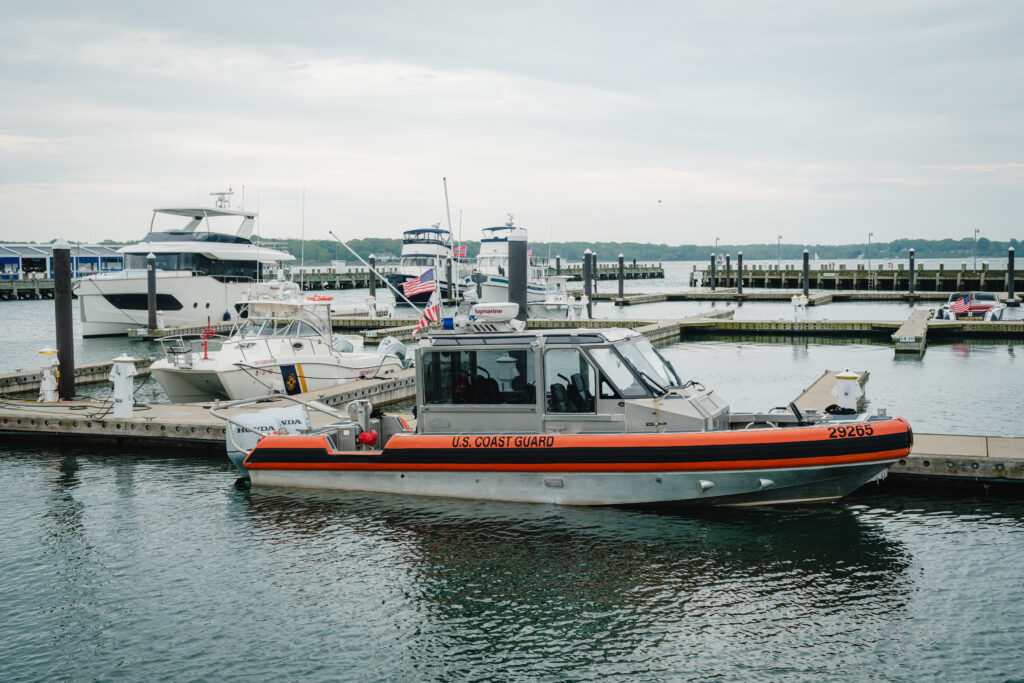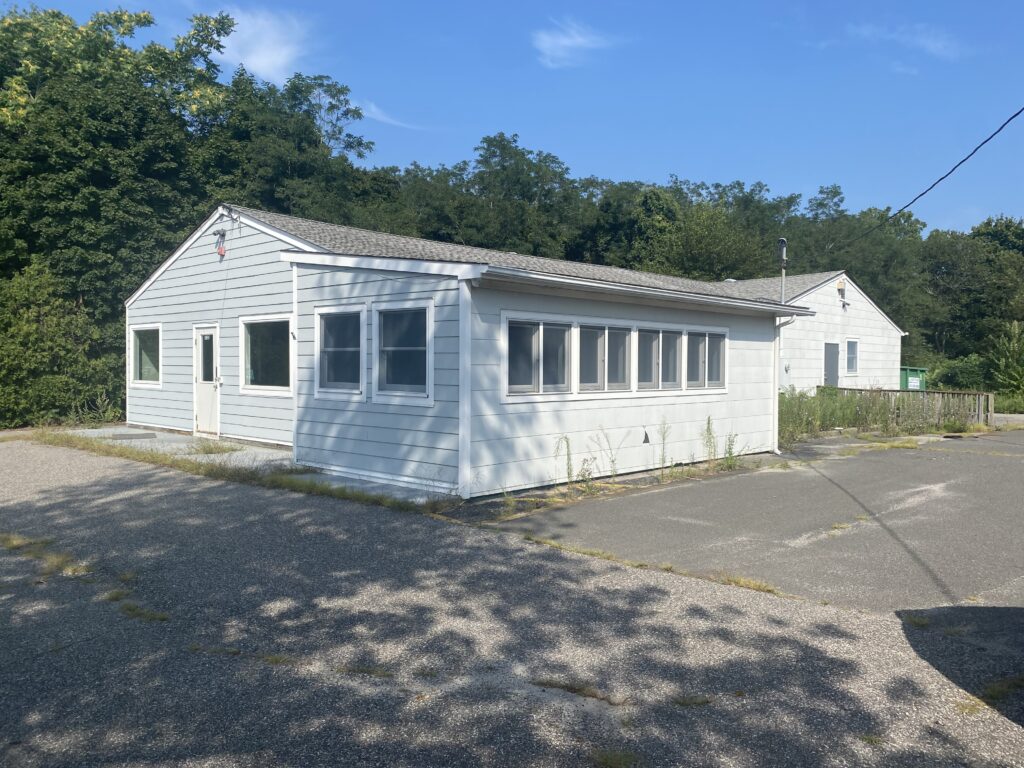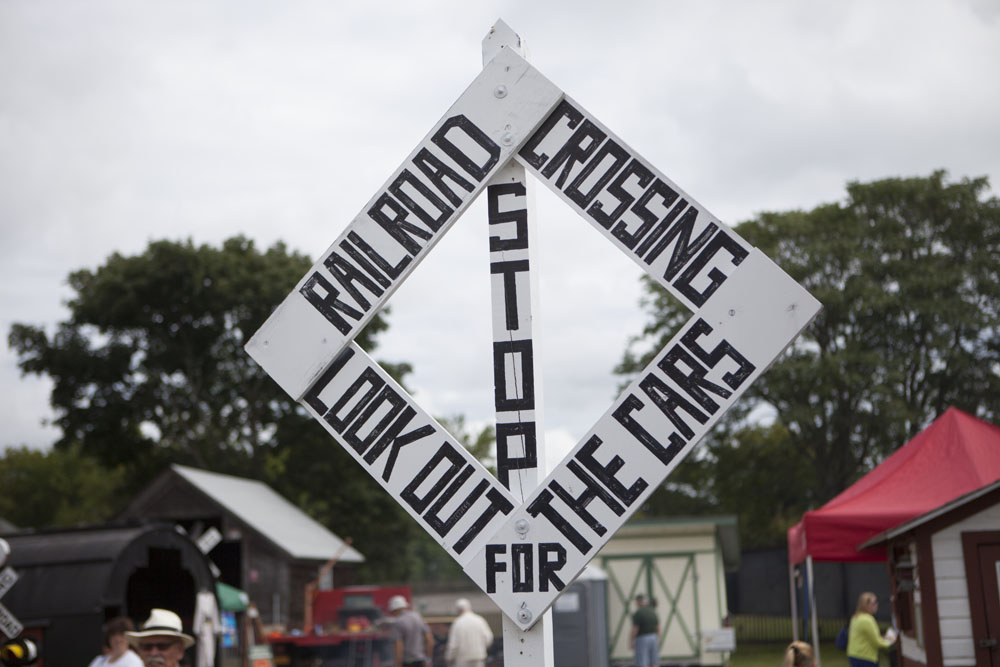Local marine rescue operations unaffected by Coast Guard changes

Boaters and other individuals enjoying the waters surrounding Long Island may think of the U.S. Coast Guard as their first option when in distress, but local first responders are often the better choice.
The Suffolk County Police maintains a marine bureau that includes 17 boats in the water across Long Island. They are also able to deploy helicopters for search and rescue operations in conjunction with local rescue operations.
All of the fire departments from Riverhead eastward have some type of marine rescue unit. Riverhead’s fire department has a complement of around 25 qualified individuals who train intensively to operate the rescue boat.
“It’s like everything else with the fire department; you’ve got to be cross-trained. If you get four guys on your rescue boat, you want them work together and know how to handle ropes, how to handle victims,” said Bill Sanok, the communications representative for the Riverhead Fire Department. “You want to work as a team, and not have any doubts that the guys next to you know what they’re doing.”
Southold Town Police Department also has a robust fleet of vessels they can deploy. How many pieces of equipment used on a given call varies based on the severity of the situation.
“The non-priorities are a vessel ran out of fuel or has mechanical issues, and then generally, we’ll just send our harbormasters out. But if it’s a priority incident, we dispatch our officers on land to try to get a vantage point,” said Southold Police Chief Steven Grattan.
The department has equipment on the Peconic Bay or the Long Island Sound, allowing them to respond to incidents quickly. They also have an inflatable boat on a trailer that they can put in the water from shore rather than a boat launch or pier.
“We have three boats: two in the bay — one in Cutchogue and one in Southold — and then one up on the sound in Mattituck. For the most part, we handle these marine incidents with our local resources,” Mr. Grattan said.
The use of drones has proved a huge asset for assisting people in distress. The Southold Police have both smaller drones and a larger one capable of dropping a flotation device.
“We can communicate through the drone, we give directions. They’re incredible assets because of the capabilities of the drone and the different view that we can get. That’s certainly enhanced what we’re able to do when comes to water rescues,” said Mr. Grattan.
The U.S. Coast Guard closed its seasonal East Moriches station last summer, transitioning to become a part of the Shinnecock station in Hampton Bays. While their focus is on the Atlantic facing South Shore, these stations do assist with rescues on the North Fork.
The reasoning behind the closure, according to Sydney Phoenix, a Coast Guard public affairs officer, was due to the “FY24 Force Realignment Initiative,” which highlights plans to mitigate a workforce shortage. According to a 2023 press release, the Coast Guard was short nearly 10 percent of its entire enlisted workforce.
“Staffing will be solely concentrated at Parent Station Shinnecock,” Ms. Phoenix said in an email. “No assets are being removed or transferred as the resources utilized by Seasonal Station East Moriches are assigned to their Parent Station. As is the case year-round, the Seasonal Station’s area of responsibility will be fully covered by its Parent Station.”
The East Moriches station was temporarily transitioned into a forward operating location. A forward operating location is a pier or facility the Coast Guard can use to extend range or base operations. The location will remain temporarily closed during the alignment period and will operate out of Shinnecock. Various small boat stations will also be temporarily changing crew staffing models and relocating.
“These operational posture changes are temporary. If the Coast Guard had sufficient personnel, we would not be making any of these adjustments,” Ms. Phoenix said. “These changes are necessary to ensure the service remains always ready to serve the American public.”
The Coast Guard will return units to their “standard operational postures when there is sufficient personnel to fill all critical billets,” the officer added. These temporary adjustments, she said, are designed to “strategically locate and focus essential Coast Guard missions and ensure our response areas continue to have uninterrupted coverage.”
When asked how the closure has affected marine rescue on the North Fork, Chief Grattan stated that the department is proceeding much as it has in the past: “I think for the most part, our response hasn’t changed. You know, we work very well with the local fire departments and dispatch, obviously, for the fire departments and our own divisions. So whenever we have any marine incident or event, we’re responding.”









